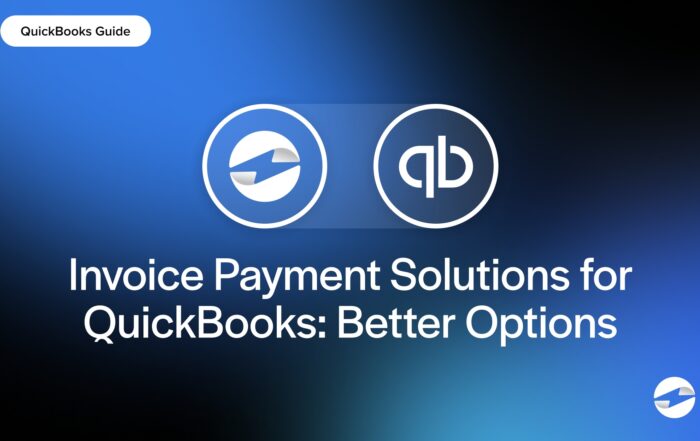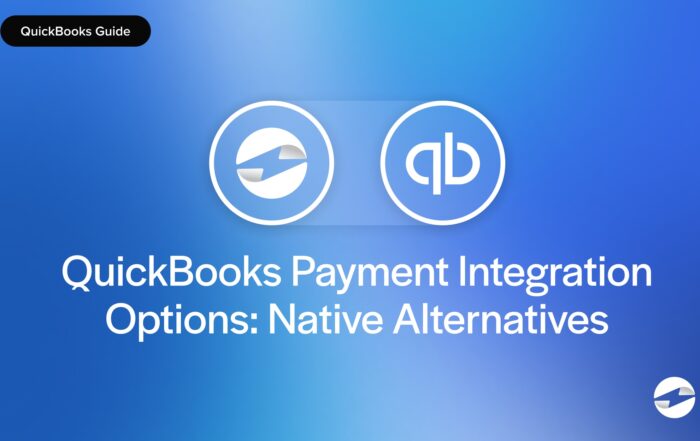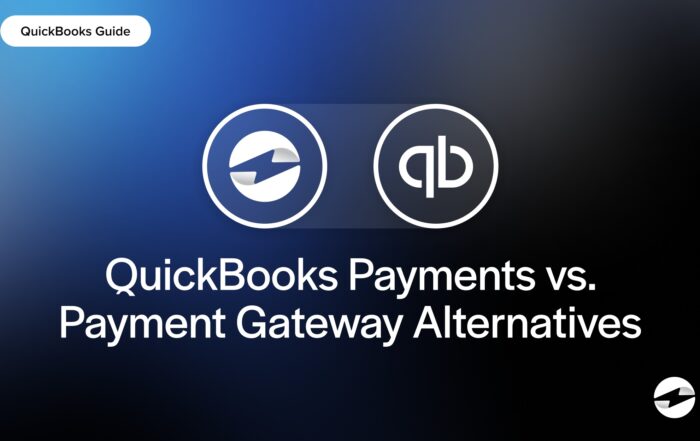What is a purchase order?
A purchase order (PO) is a document a buyer sends to a seller to request goods or services. It’s an official order that lists what’s being purchased, how much, the price, and when it should be delivered. Businesses use POs to keep track of orders, manage budgets, and make sure everyone is on the same page before any money changes hands. Unlike an invoice, which comes after a sale, a PO is created before the purchase is made.
Key Points
- A purchase order is a formal request created before a purchase, detailing exactly what’s being ordered and for how much. It also outlines the delivery terms.
- POs help buyers and sellers stay organized, reduce errors, and have a clear record.
Why purchase orders matter in business
Purchase orders create a paper trail that protects both buyers and sellers. For the buyer, a PO ensures they get exactly what they ordered without any confusion. If a business receives the wrong products due to a supplier’s mistake, they can point to the purchase order to show what was originally requested.
For the seller, it’s a legal agreement that can be used to fulfill and bill the order accurately. If there’s ever a question or disagreement, the PO serves as written proof of what was originally agreed on. The transparency of a PO helps business operations move quicker and reduces the chance of mistakes.
POs help businesses stay organized, avoid duplicate orders, and simplify their accounting. Companies that handle large volumes of inventory or multiple suppliers find purchase orders especially helpful for organizing the purchasing process.
Purchase order example
A café is running low on coffee beans. The shop owner contacts a supplier and submits a purchase order for 100 pounds of beans. The PO includes all the details needed:
- A PO number to track the order
- The buyer and seller’s information, including names and contact details
- The order date
- A clear item description for the type of beans
- The quantity (100 pounds) and unit price
- The total price for the full order
- The expected delivery date
- The café’s shipping address and preferred shipping method
- Payment terms they’ve agreed on (like Net 30)
- Any additional notes or special instructions
The supplier reviews the request, confirms the order, and ships the coffee. Once everything’s been delivered, the supplier will send an invoice matching the original PO. Confident they got exactly what they ordered, the café pays it. There are no surprises or confusion because the PO helps make it a smooth, organized process that keeps both sides on the same page.
You May Also Like
Read More
Read More
Read More
Read More



